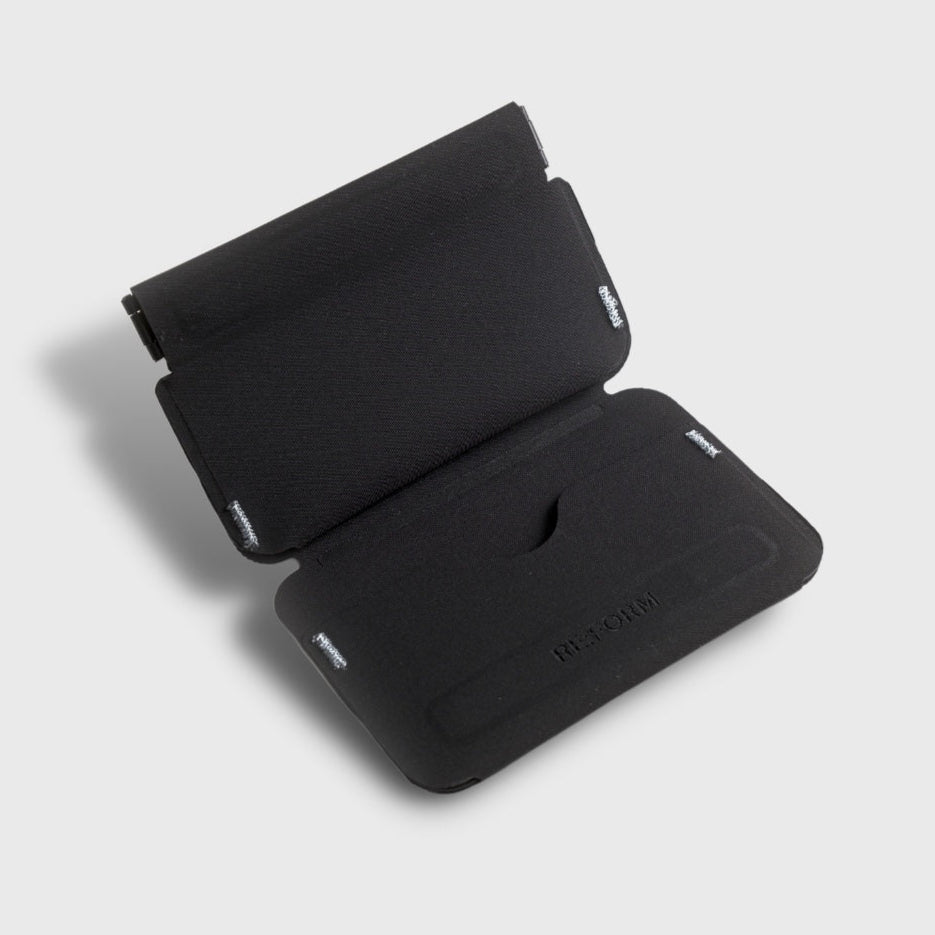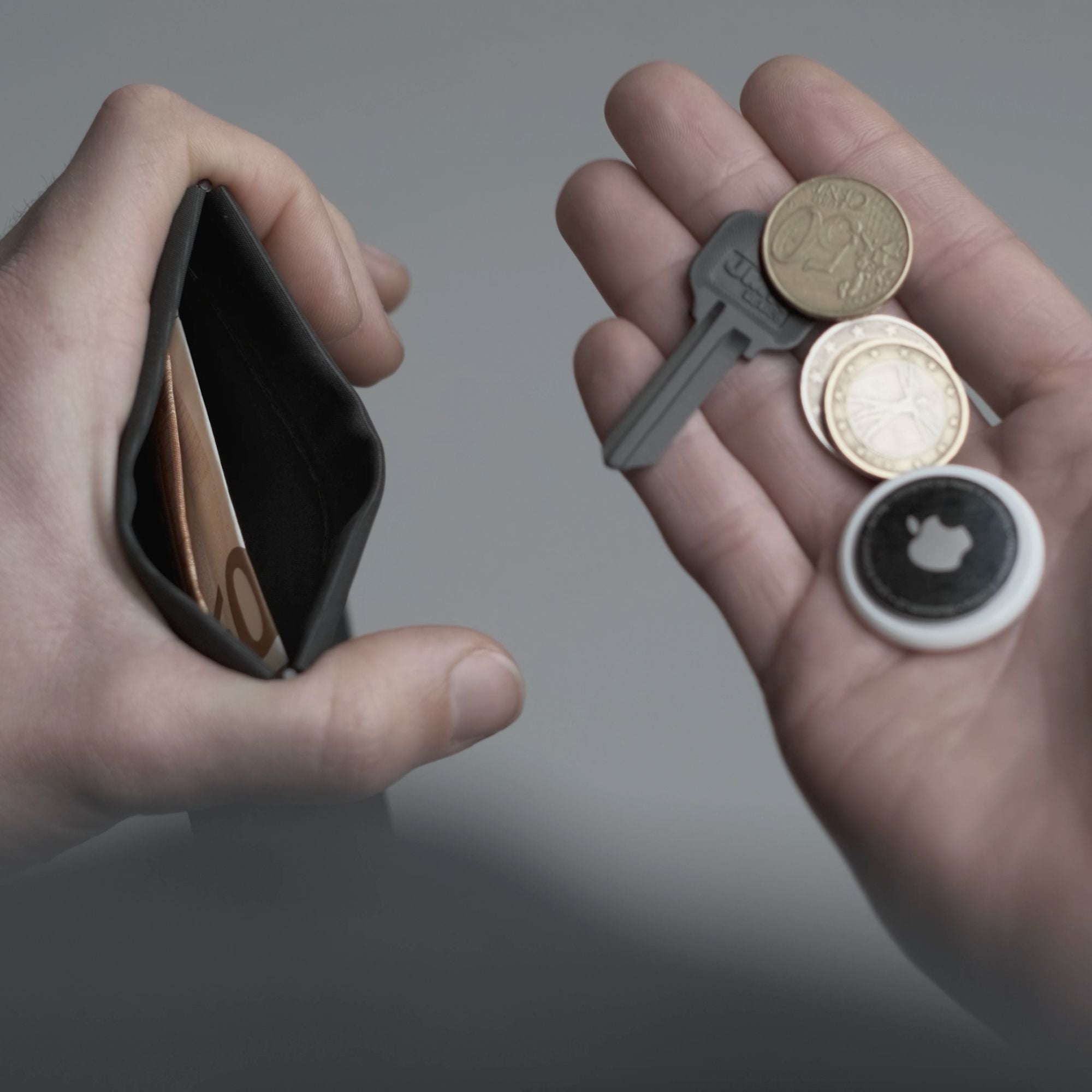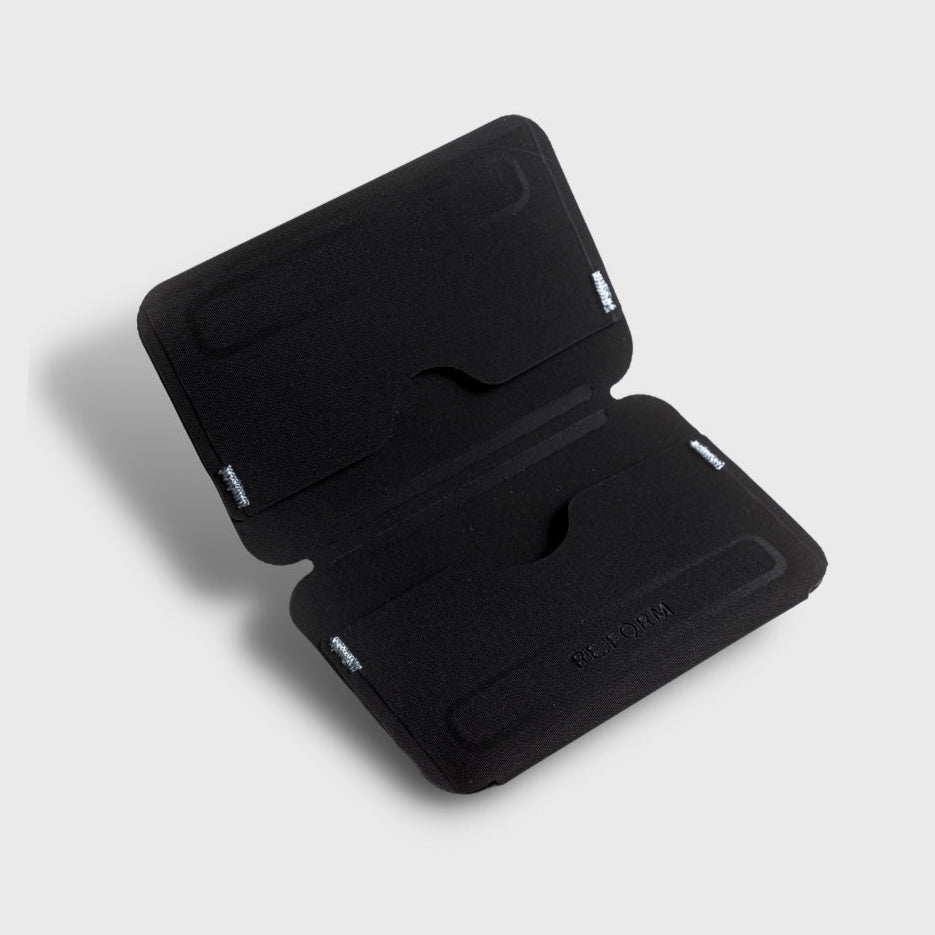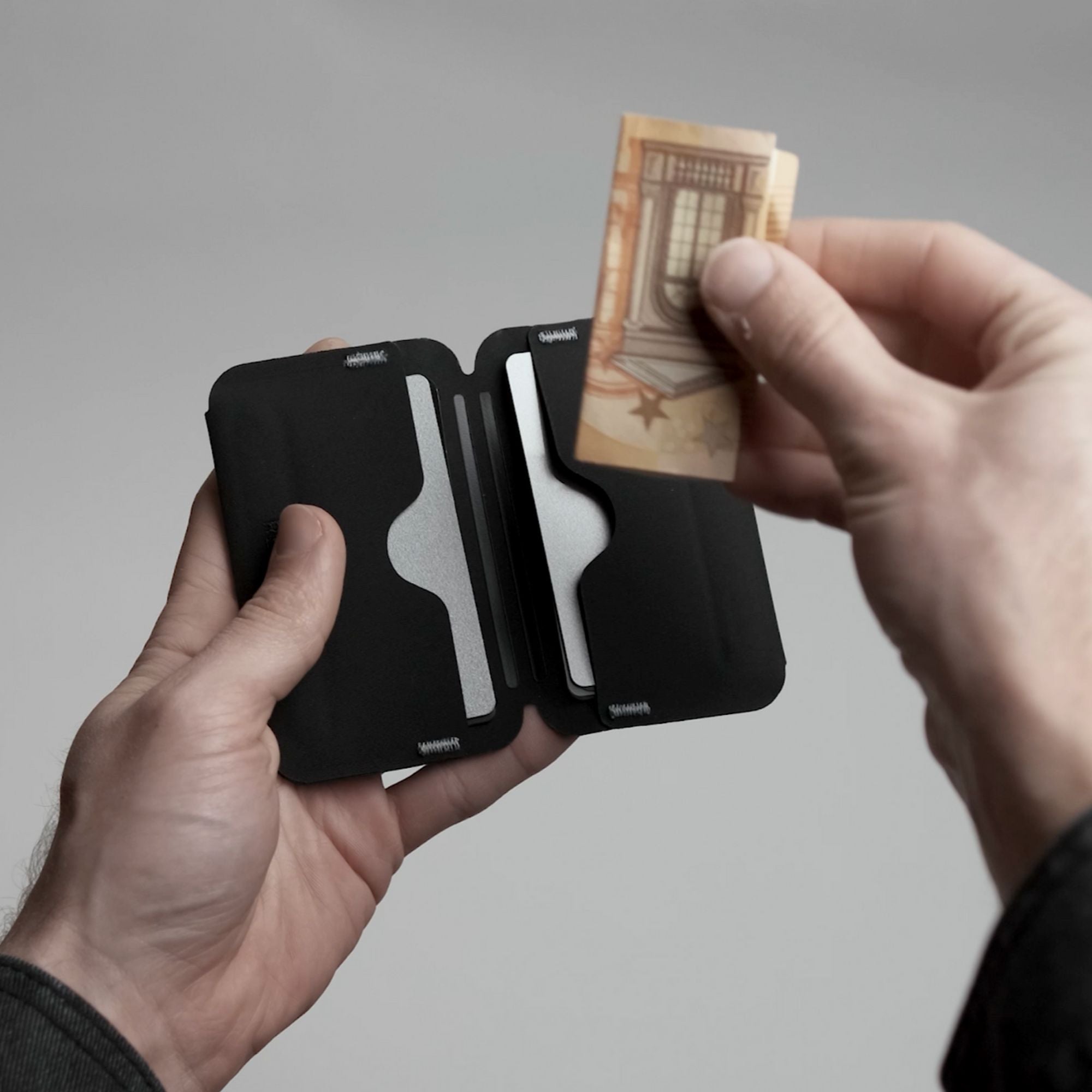Wireless data transfer has made daily transactions incredibly convenient—be it buying a coffee, using public transport, or effortlessly opening the door to our office space with a quick card tap. At the heart of this convenience lies Radio Frequency Identification (RFID) technology, enabling seamless data exchange between cards and readers through electromagnetic fields.
However, as RFID-enabled cards have become more widespread, concerns about their security have grown. The looming threat of RFID skimming, where malicious actors could potentially steal sensitive data through remote scanners, has sparked worries. In response, many brands have equipped their everyday carry gear with RFID blockers.
After thoughtful deliberation, RE:FORM has purposefully chosen not to integrate RFID blockers into its minimalist wallets. Here’s why:
1. Risk of RFID skimming is low
RFID skimming - though acknowledged as a concept - is often exaggerated in terms of its actual impact on personal safety. Several factors contribute to why it's not as alarming as portrayed:
- Security Measures: Most RFID-enabled cards come with additional security features like PIN codes or encryption, providing an extra layer of protection. These measures significantly reduce the vulnerability of these cards to unauthorized access.
- Limited Data Access: Even if someone successfully skims RFID data, the information obtained is often limited and not enough to directly access bank accounts or conduct fraudulent transactions.
- Risk-Reward Ratio: Experts argue that, due to the reasons named above, the risk-reward ratio for criminals engaging in RFID skimming is not favorable. The potential gains are often outweighed by the risk of detection and the effort required.
- Low Occurrence: Hence, actual instances of RFID skimming in real-life scenarios are remarkably low according to experts and industry reports. The frequency of successful skimming attempts is rare.
Overall, while RFID skimming exists as a concept, the actual risk is significantly lower than commonly perceived.
2. Minimalist Wallet Design
At RE:FORM, minimalism is not just a design choice. It is a foundational principle guiding our product development. We believe in the beauty of simplicity, creating products that distill functionality to its essence without unnecessary embellishments. This ethos extends to our decision-making process regarding features like RFID blockers.
RFID blockers typically function by incorporating a thin foil within two layers of a product’s material. Installing an RFID-blocker would compromise the slim profile of our wallets, as it requires adding another layer of our RE:FINE material to our wallets. This adjustment not only increases bulkiness and complexity, but also adds weight.
Considering the low risk of RFID skimming we mentioned earlier, we refrain from incorporating a feature that is not essential for most. This decision aligns with RE:FORMs core principle of everyday carry minimalism.
3. Alternative RFID-Protection Options
We understand that perception of risk vary. While RE:FORM does not feature built-in RFID protection, there are alternative solutions that can be added to our wallets for those that express concerns about their data safety. You can, for example, opt for RFID protection cards or card sleeves, which provide additional security.
Summary
In conclusion, at RE:FORM, our goal is to provide streamlined and highly functional everyday carry gear while acknowledging customer concerns. By not integrating RFID blockers directly into our wallets, we commit to our minimalist design without compromising functionality. As minimalism to us means delivering products that serve their primary purpose effectively without burdening users with unnecessary elements.
Given the existence of RFID-blocking cards and sleeves which can be added to our wallets, we respect our customers' choices by offering solutions tailored to specific security preferences.







